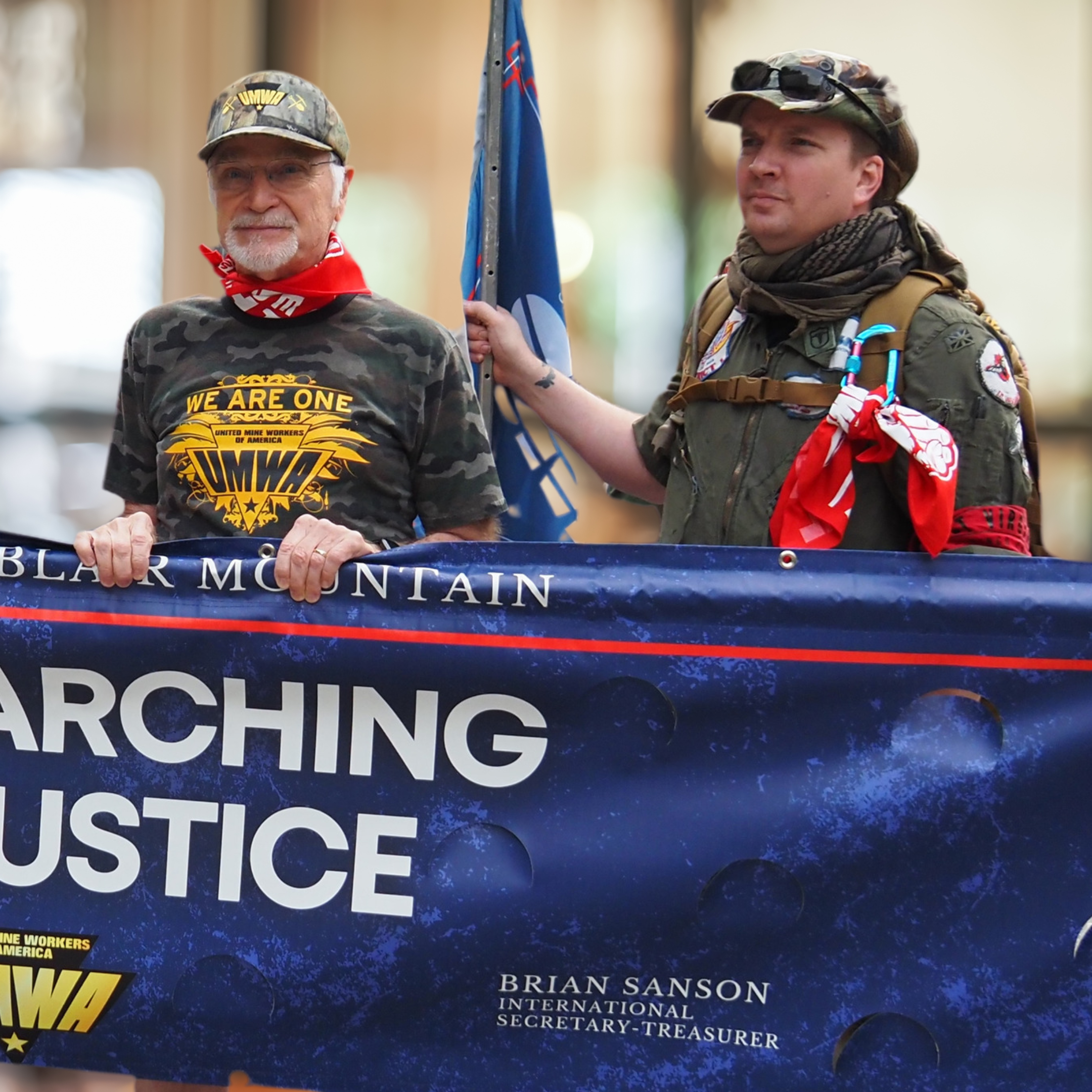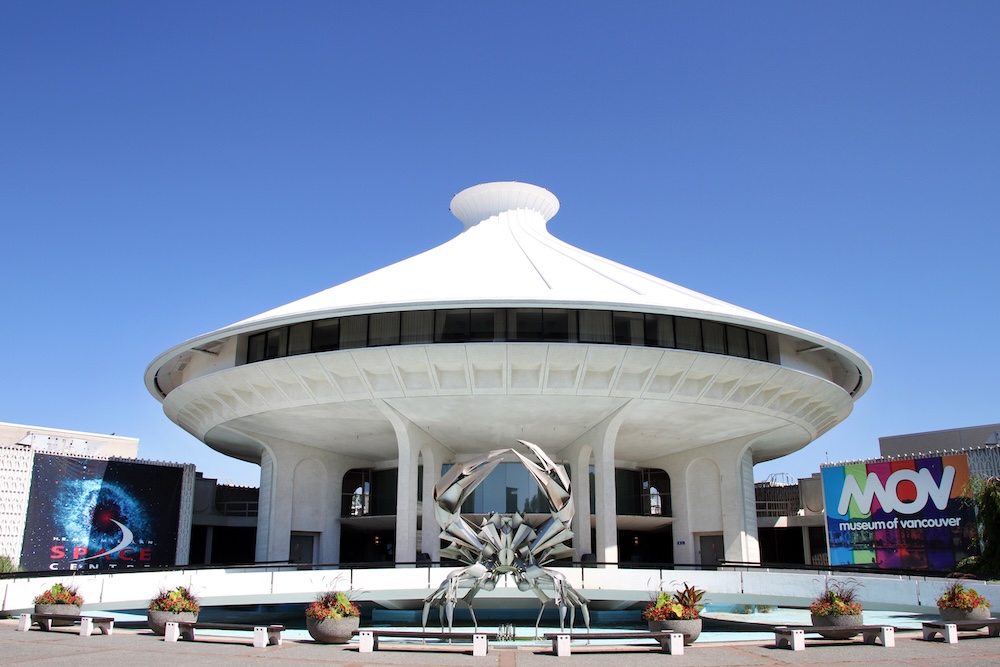Archives: News
This is for all News Pages
Mannington Labor Day Picnic takes place amid eroding labor law landscape
Source: Times West Virginian
Date: August 30, 2025
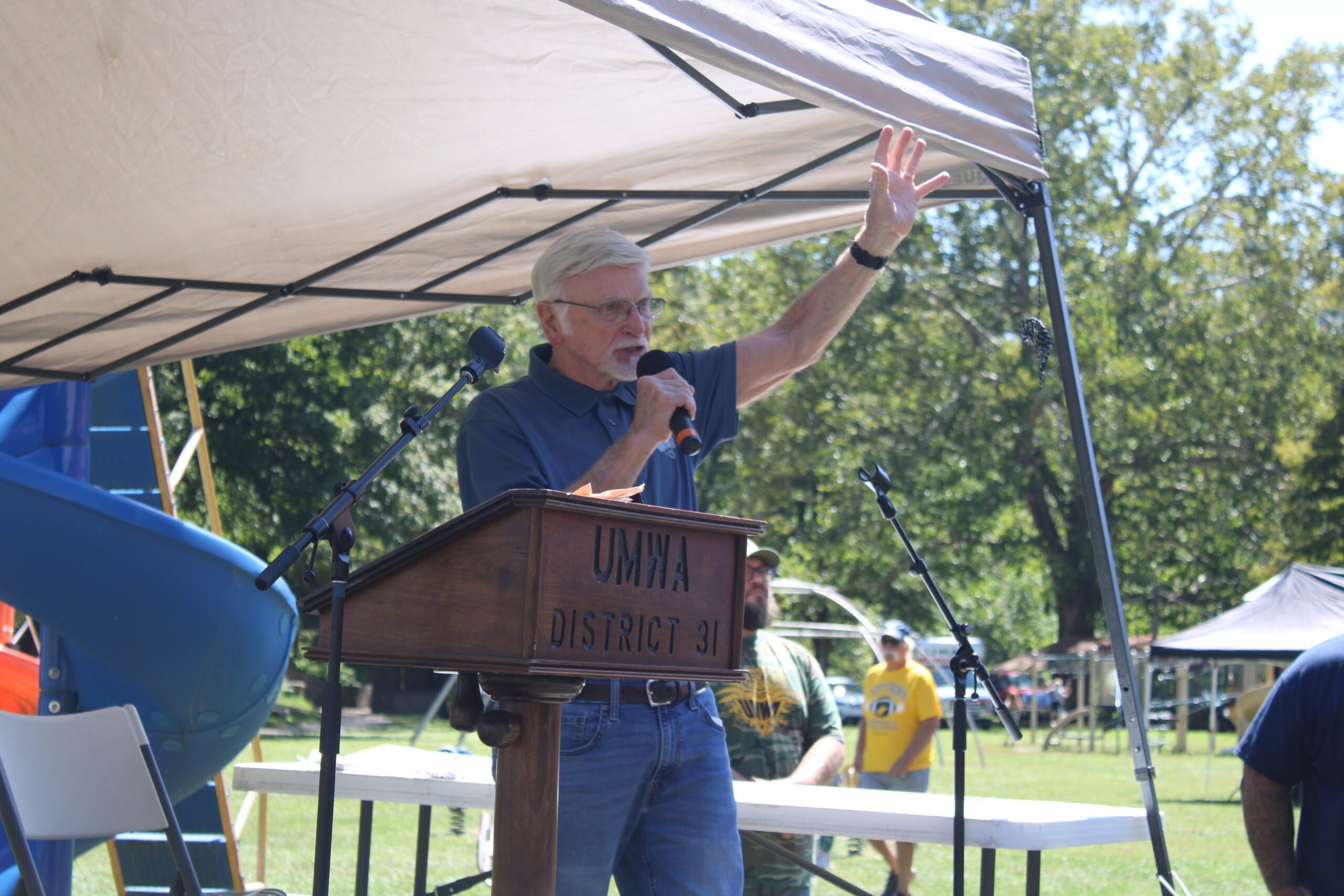
FAIRMONT — As the Trump Administration unravels the successes of the labor movement, union organizers hope Sunday’s annual Labor Day Picnic in Mannington reminds people of the sacrifices their ancestors made in the name of creating good working conditions.
“The Mine Wars of the early 1900s, which formed here, these battles were fought right here in West Virginia, and gave a tremendous amount to working folks all across this country,” former State Sen. Mike Caputo said. “They used to make us live in company houses and shop at company stores, and we had to go to the company doctor. And if it wasn’t for the unions fighting all that, we’d still be living like slaves. That’s what they treated coal miners like back in those days.”
The Labor Day Picnic takes place yearly in Mannington, and is nominally about celebrating unions and the victories workers won against exploitation from business interests. Since the inauguration, President Trump stripped hundreds of thousands of federal workers of their collective bargaining rights, fired the general counsel for the National Labor Relations Board, land left the body unable to hear labor disputes, and has left two important spots on the board vacant. The NLRB exists to ensure companies follow the laws that protect workers in the 1935 Labor Relations Act.
Last week, the U.S. 5th Circuit Court of Appeals ruled the NLRB’s current structure was unconstitutional. The current structure prevents the board’s five members and administrative judges from being removed at will by the president. A law currently shields those members from at will removal. The majority of the court’s judges were picked by Republican presidents, with Trump appointing three justices in 2018.
As the landscape with regards to labor rights changes, Caputo said, people need to realize how important unions are, because without anyone to fight the political power of large business interests, things will go backward.
“That’s evident if you look back in labor history, it wasn’t about safety, it was all about profits and production,” Caputo said. “They even let little kids go into a coal mine. And the union, fortunately, throughout the years, was able to put a stop to all that. Sometimes you don’t know what you have to till you lose it.”
Erin Bates, communications director for the United Mine Workers of America, said the federal government needs to take into more consideration how its treating the everyday American worker. Billionaires do nothing to help take care of the average American and people need to be able to lean on each other, Bates said.
Events like the Labor Day Picnic take the focus off of billionaires and place it back onto workers.
“Strength comes from masses, and so being able to get together for an event like Labor Day, and showing there’s strength in numbers and recognizing that there’s a lot more middle class, lower middle class American workers than there are billionaires,” Bates said. “I think being able to have a day where labor comes together and celebrates what we as normal Americans are doing for this country is a huge deal. And they need to recognize, there’s power in numbers.”
Bates added the notion of representation and having a voice at the workplace be unconstitutional is ridiculous.
Mark Dorsey, president of AFL-CIO in Marion County and one of the organizers of the picnic, said workers built the country. He said a lot of gains workers fought for a hundred years ago were called unrealistic by large businesses, such as the eight hour work day, health care and safety measures. Dorsey said jobs shouldn’t kill the people who work them.
“They said the bosses would never give in, but our collective power made it happen, our solidarity giving us the strength to fight for the better life workers deserve,” he said.
The picnic begins at 1 p.m. at Hough Park in Mannington.
Written By: Esteban Fernandez
UMWA Labor Day event honors past union sacrifices and ongoing fight for worker rights
Source: Eyewitness News
Date: Sept. 2, 2025
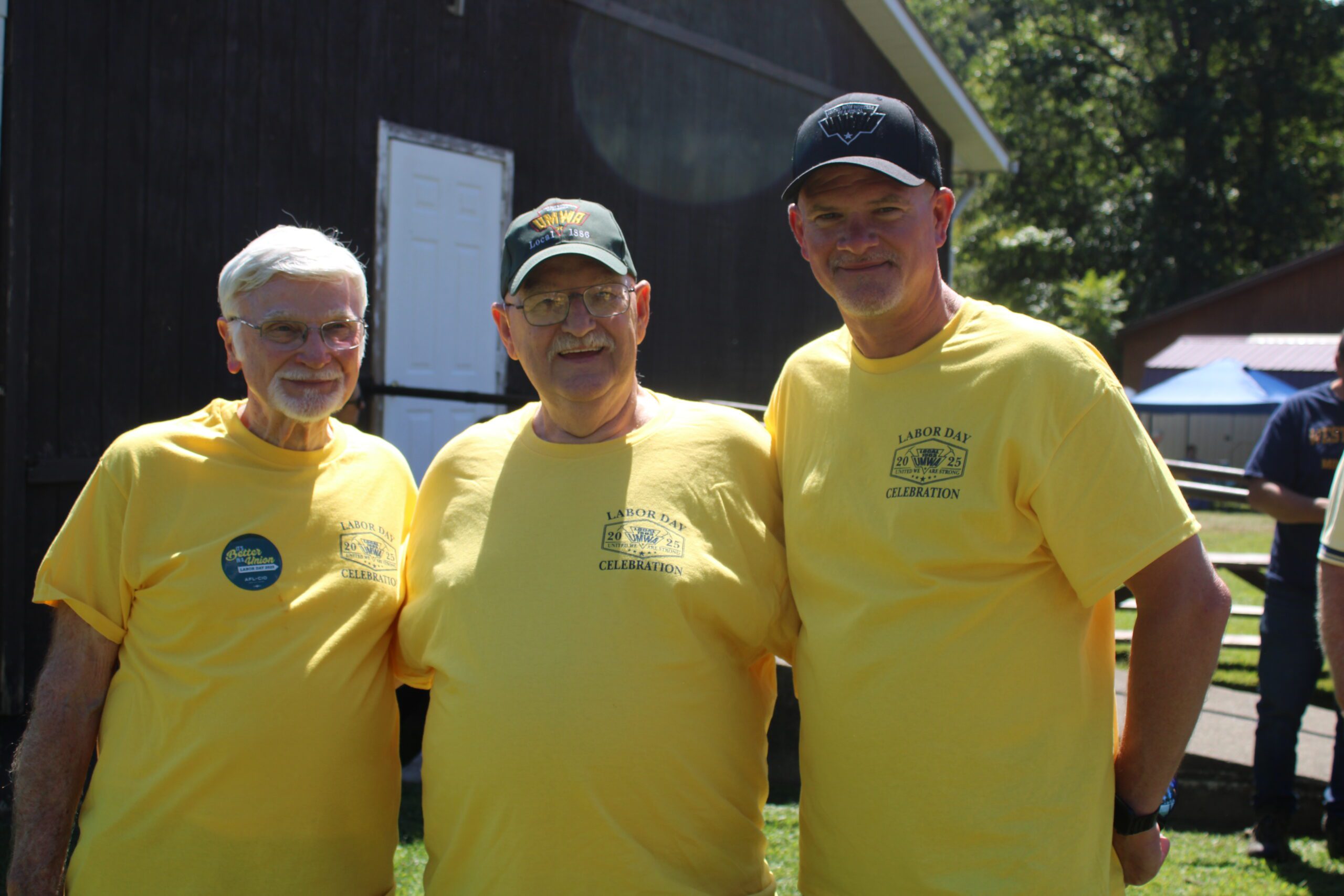
BOONE COUNTY, W.Va. (WCHS) — Cecil Roberts has served as the UMWA president for decades and he knows how important labor unions across the country are. Unions have played a large role in gaining rights for many different professions.
“If you’re a worker and you’re making decent wages, that’s because of a union, even though you may not belong to a union,” Roberts said. “If you’ve got health care, pension, time off, or any of those things, you should thank a union for that because the union’s made all of that.”
A Gallup poll from 2022 recorded 71% of the public support labor unions; the highest number since 1965.
“Today, the truth of the matter is most workers who don’t have a union want one. If they could vote in the morning to have a union, they’d do it by about 65%,” Roberts said.
UMWA vice president Brian Lacy said the Labor Day celebration in Racine honors the changes unions have fought for over the years and persists into the future.
“We’re here to recognize the sacrifices that people that came before us made to garner better working conditions, safer working conditions, better wages and benefits,” Lacy said. “It’s also to remind people that there’s work still to yet to be done out there in this country for workers.”
He believes unions are as important as they have ever been today.
“The only way that working class has a voice is when you stand together and you belong to a union. We’re stronger together,” he said. “The old saying, ‘Divided we beg. Together we bargain.’ It’s true. We’re stronger together.”
Go here to view video!
Written By: Bailee Tucker
United Mine Workers of America hosts 87th Labor Day Picnic
Source: 13News
Date: Sept. 1, 2025
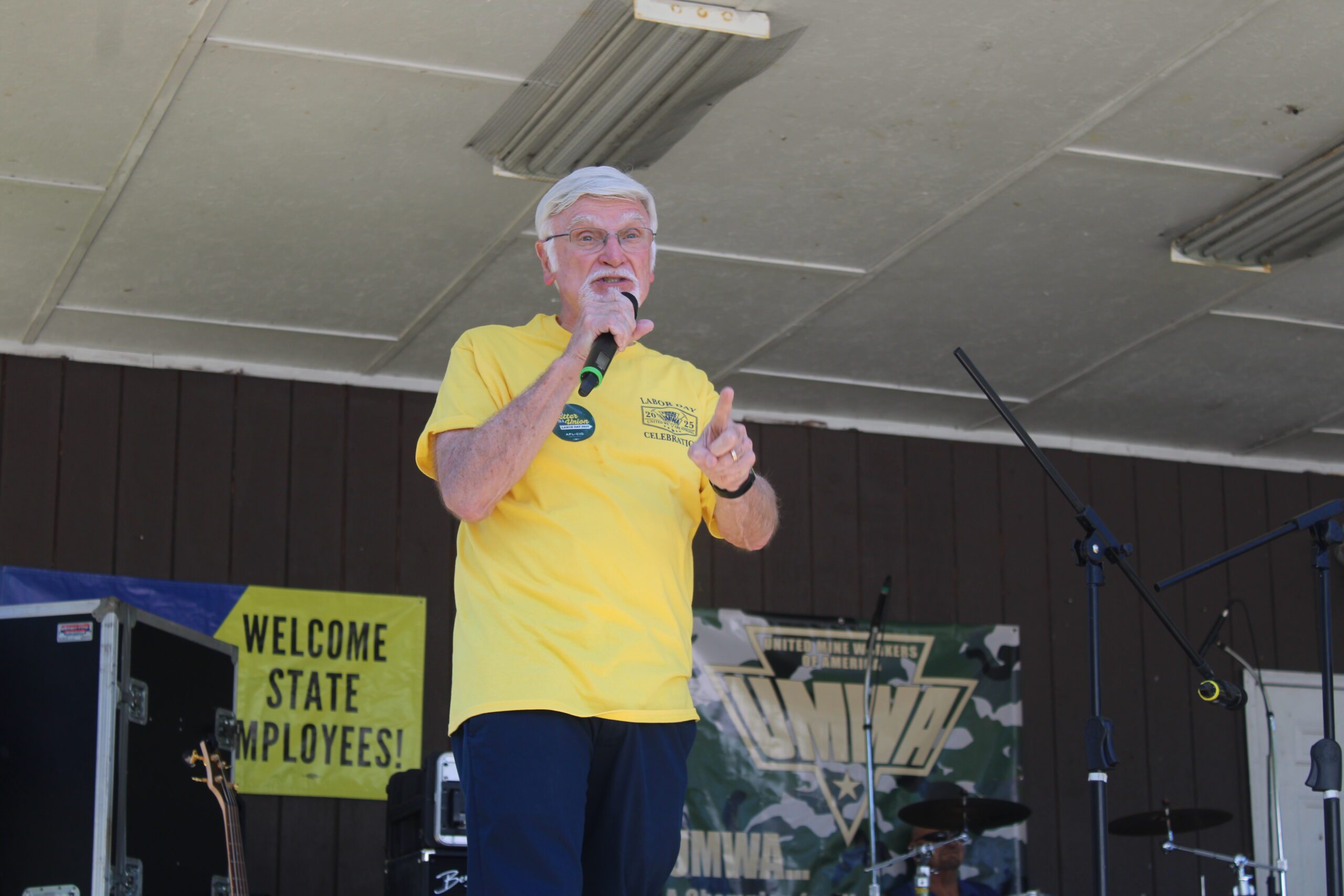
RACINE, W.Va. (WOWK) — With picnics and celebrations happening across the tri-state, one picnic is celebrating the work of coal miners and the impact they have on our lives.
Food grilling, sun shining and families coming together are staples of the Labor Day weekend. But for coal miners, the holiday celebrates the hard work and sacrifice of those who came before them.
“We’re here to recognize the sacrifices the people that came before us made to garner in better working conditions, safer working conditions,” United Mine Workers of America (UMWA) District 17 Vice President Brian Lacey said.
Cecil Roberts, the president of the UMWA and a native of West Virginia, said that the labor movement radically changed the coal mining industry.
“Used to be paid in zero for mining coal. Eight hours, ten hours, 12 hours a day. Seven-year-old kids used to have to go to work in the mines to help support the family,” Roberts said. “Everybody lived in a company house and a company town and went to the company store, and it was the union, the labor movement, that changed it.”
For the last 87 years, the UMWA has hosted a Labor Day picnic in the place where coal was first discovered in the Mountain State to not only celebrate the strides from the past, but to work towards the future.
“And, it’s also to remind people that there’s work still to yet to be done out there in this country for workers,” Lacey said. “They need safer workplaces, stricter safety laws, better wages, better benefits.”
And for Roberts, this year’s picnic is extra special, as this October he will be retiring from the position he’s held since 1995.
He hopes this picnic continues for generations to come.
“I hope it goes for another hundred years,” Roberts said. “And, I hope the union continues to be prevalent. I hope it continues to be important part of our society and our economic well-being.”
Brian Sanson will be taking over Roberts’s position in October.
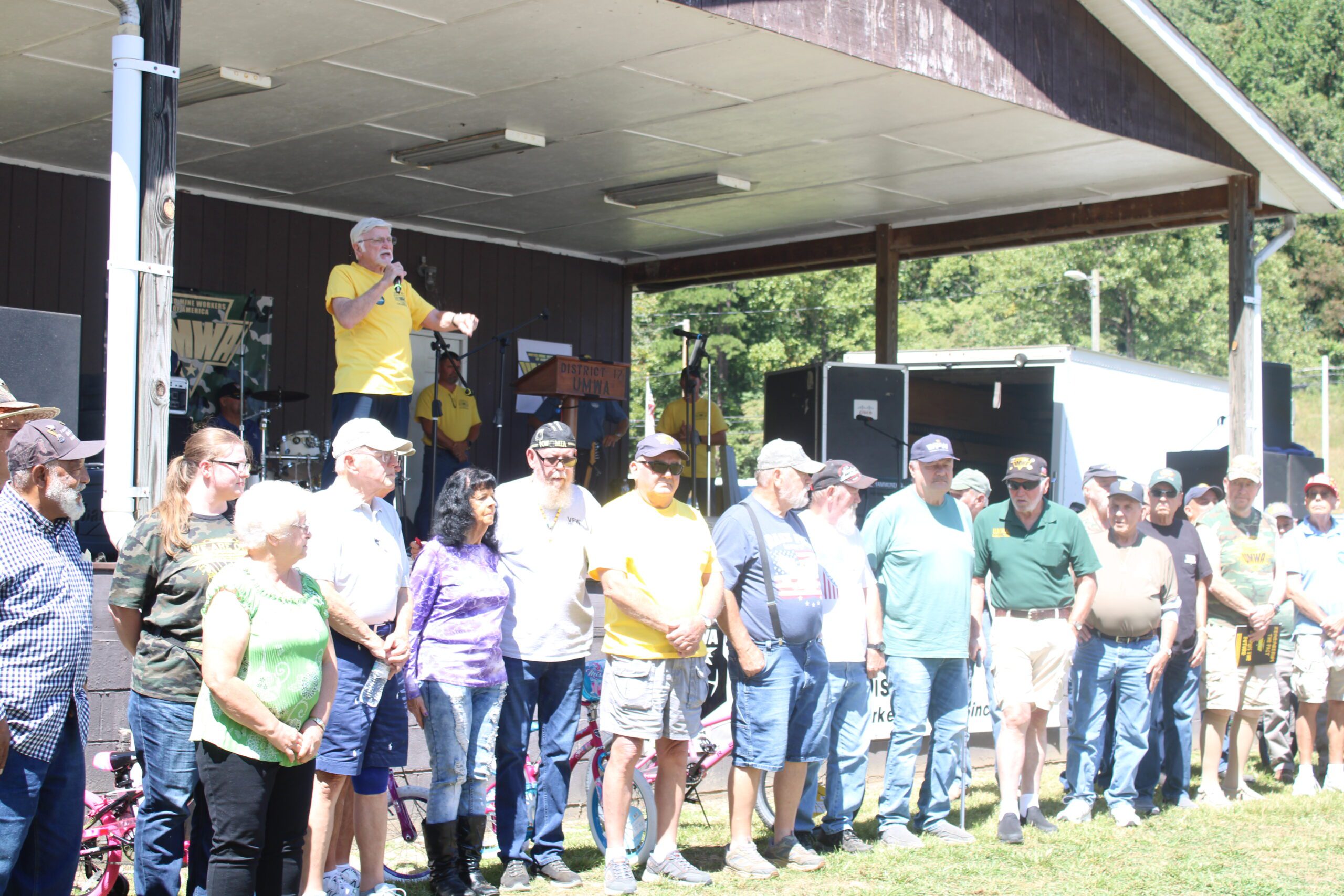
Written By: Riley McIlmoyle
UMWA President Cecil Roberts Attends His Final Mannington Labor Day Picnic
Source: Coalzoom.com
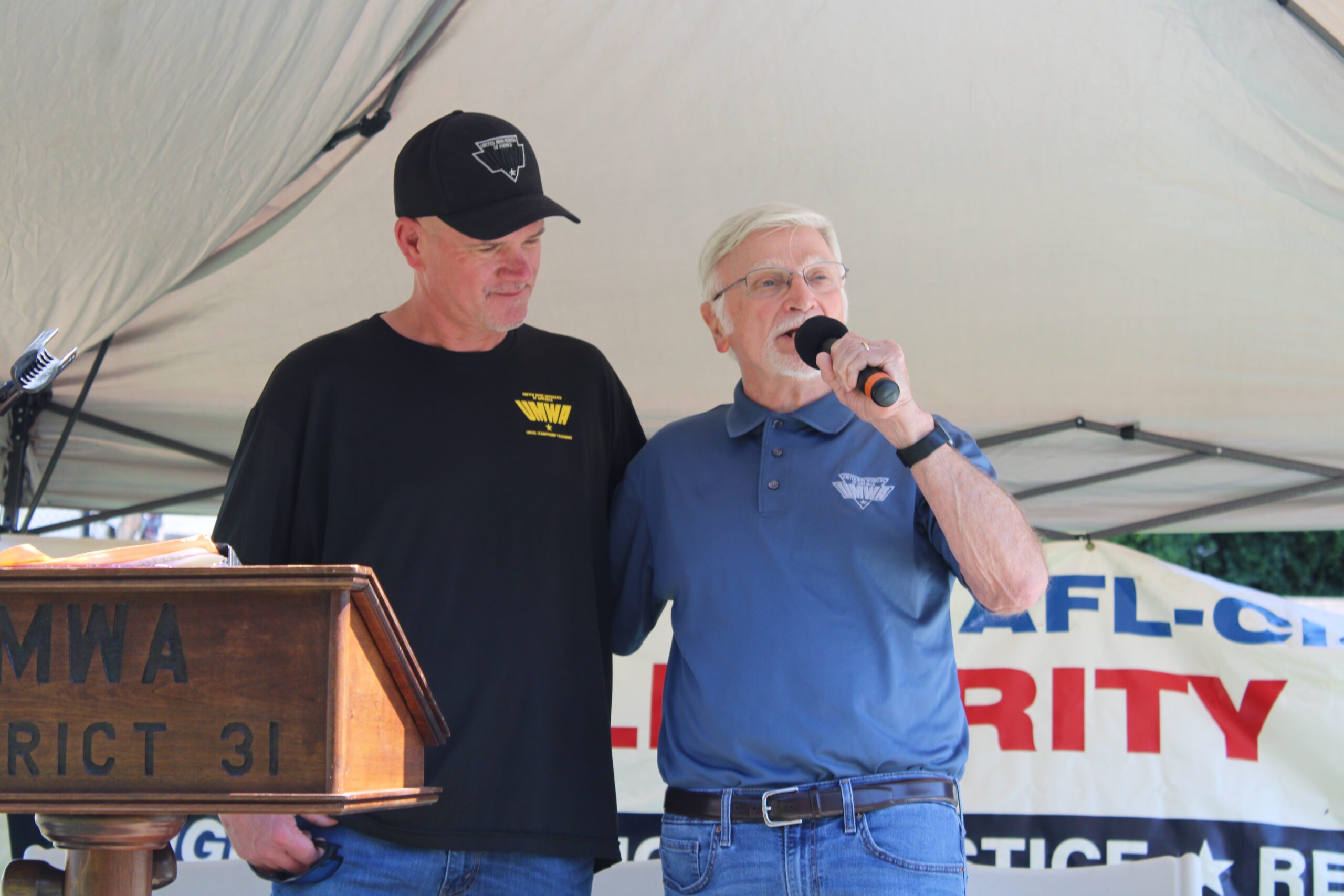
September 3, 2025 – After leading the United Mine Workers of America (UMWA) for 30 years, Cecil Roberts attended his final Labor Day Picnic in Mannington’s Hough Park.
Roberts assumed the presidency in 1995 when then-president Richard Trumpka left the UMWA after being elected as secretary-treasurer of the AFL-CIO. Roberts won the first of many elections outright in 1997 and negotiated a new national coal agreement in 1998.
Roberts will officially retire after the International Special Convention in St. Louis when current International Secretary-Treasurer Brian Sanson will become the next president of the UMWA.
“I’ve stayed around longer than anybody but John L. Lewis, and he stayed 40 years as president, and I made 30,” Roberts said. “It was pretty evident to me I wasn’t going to catch him because I would have been almost 90 if I did that, and it is time for new leadership.”
Roberts returned from his service in the United States Army in Vietnam in 1971, when the union coal miners numbered about 70,000. As Roberts made the evolution from miner to labor leader, he supported the efforts of miner Arnold Miller. Miller was an activist who organized a wildcat strike in 1969 that led to the West Virginia legislature passing the first Black Lung law of its kind in the country.
“We had more influence and more power politically to get things passed in the legislature and to preserve health and safety rules to make sure the mines are safer,” Roberts said. “It’s a fight every single day now, and that’s one way it’s changed now, particularly in Appalachia.”
Recent years have been a push and pull with the government that has led to some health and safety advancements, but in recent months that’s changed. Pointing to DOGE cuts and efforts to shrink the Centers for Disease Control (CDC), the National Institute for Occupational Safety (NIOSH), and the Mine Safety Health Administration (MSHA), he said the mines are becoming more hazardous, not less dangerous.
“We’ve known for 50 years that silica is dangerous and kills miners quickly,” Roberts said. “We finally got a rule passed by MSHA, and now people are dragging their feet because the operators don’t want it, and that’s not the way that’s supposed to work.”
The 2001 national coal agreement negotiated by Roberts included substantial pension changes for miners. The “30-and-out” contract language allowed miners with 30 years of experience to retire regardless of their age with full benefits. Again in 2005, the new national coal agreement included $500 million in increased contribution requirements by companies into the UMWA pension fund and the highest pay raises for miners since 1974.
“We’re supposed to protect the coal miners—they’re the most important situation in the mines,” Roberts said. “And if we can’t protect the coal miners, then I think we’re failing.”
Roberts said he’s not going to vanish and plans to remain active in union and veteran causes. He believes Brian Sanson and his background in collective bargaining and contract negotiations will be an effective leader for UMWA members nationwide.
“I’m going to be his biggest supporter,” Roberts said. “The good Lord has been good to me; this membership has been good to me. I’ve won more elections than anybody in the history of our union, and when you can do that, you shouldn’t ask for anything else.”
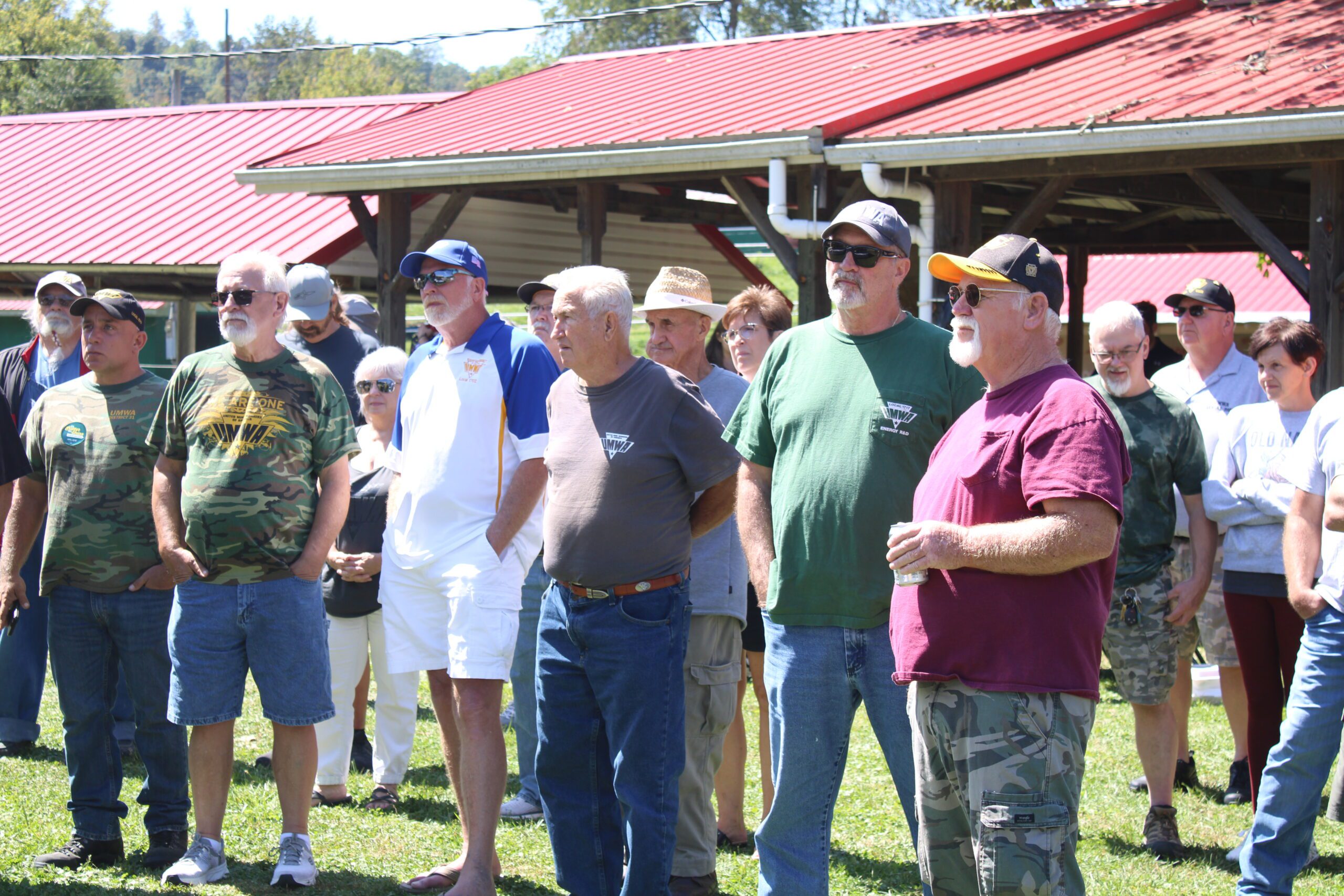
Union Plus: Travel Tours
Explore the world!
Get exclusive union savings on once-in-a-lifetime tours to all corners of the globe. This is the year you make your travel dreams a reality!
170 tours on all seven continents!
Set out to Explore in ’25!
Travelers, this one’s for you! Collette is kicking off its 106th travel season which means 106 years of adventures … and 106 reasons (or more) to add your adventures to the list. Watch now as we reveal new experiences in Season 106… created just for you.
Explore the world with Collette and save
Collette is a third-generation, family-owned company that has been showing the world to people just like you for more than 100 years. In addition to visiting iconic must-see sites around the globe, Collette’s 170-plus tours take travelers off the beaten path to allow you to get to know and appreciate each unique destination.
Top 5 Collette tours
Discover America’s National Parks, be captivated by the charm of Italy, or explore the beautiful “Emerald Isle.” Get inspired by our most popular tours and make your dream a reality!
- Shades of Ireland
- National Parks
- Canadian Rockies by Train
- Italian Vistas
- Inspiring Iceland
To My Brothers and Sisters of the Navajo Nation
Yá’át’ééh shik’éí dóó shidine’é,
I’m writing to you not just as a representative of the United Mine Workers of America, but as a fellow Diné brother who walks the same land, breathes the same air, and knows the value of hard, honest work. I live here among you—on the Nation—and I see what you see every day: the strength of our people, the beauty of our culture, and the need to stand together in unity.
The UMWA has a long history of fighting for workers, especially coal miners, energy workers, health care workers, and public service employees. And we want you with us. Our union has already helped many of our Navajo brothers and sisters secure better wages, stronger job protection, safer working conditions, and solid benefits since 1995. But we can do even more when we stand united.
By joining the UMWA, you’re not just becoming a member of a union; you’re becoming part of a family. A family that looks out for one another, that shows up when times are hard, and that fights for the respect we all deserve. This is our way — hozhóogo naasháa doo — walking in beauty and balance, and that includes fairness on the job.
One of the many benefits that comes with UMWA membership is Union Plus. Through this program, you and your family can access:
- Discounts on home loans and mortgage assistance
- Lower prices on cell phone plans from AT&T
- Scholarship opportunities for your children
- Dental and vision savings
- Legal aid services
- Travel deals, car rental savings, and even help with buying a home or car
You can check out all these benefits at www.unionplus.org. These are real programs that help make life more affordable and less stressful, especially when you’ve got mouths to feed, bills to pay, and dreams to follow.
But beyond the benefits, being part of the UMWA means knowing you have someone in your corner. When your employer doesn’t listen, when you’re working long hours without recognition, or when you just need to know someone has your back, we’re there. That’s what solidarity means.
Our ancestors taught us that we are stronger together, that the harmony of the community is more powerful than the struggle of one person alone. It’s time we bring that spirit to our workplaces too.
If you’d like to learn more or talk about what it means to be part of the UMWA, reach out. I’d be honored to talk with you, answer questions, and walk beside you as you take the next step.
Let’s protect our future—together.
In solidarity and with respect,
Justin Tsosie
UMWA Region 4 Representative

This letter was mailed to residents of the Navajo Nation. Click here to view the letter.
Nal-NiSHii Federation of Labor – Labor Union Fair
UMWA INVITES YOU TO THE
LABOR UNION FAIR IN WINDOW ROCK!
Date: Monday, August 4
Time: 11:30 AM MT
Location: Window Rock, Arizona
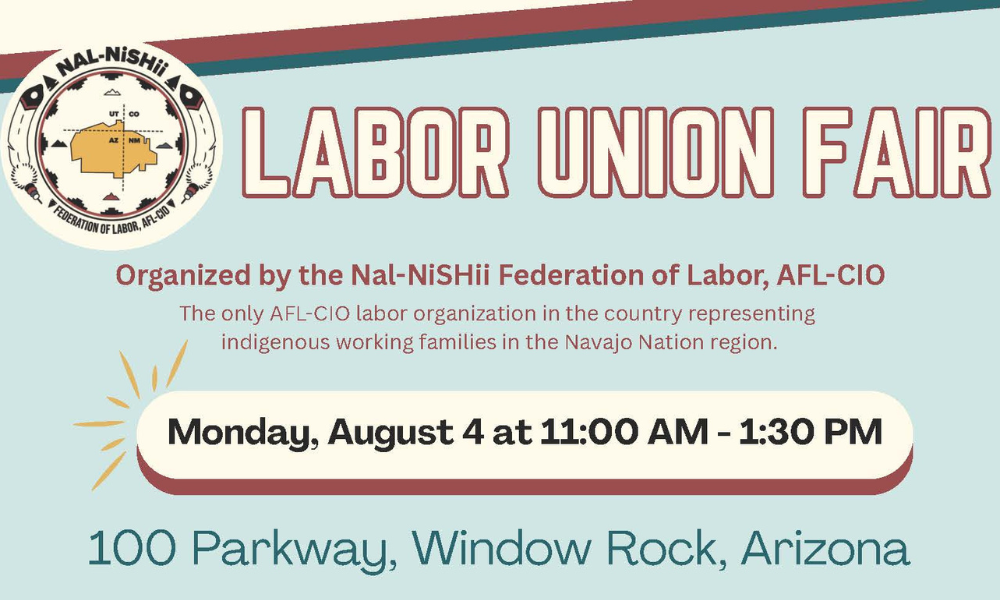
Brothers and Sisters, we are calling on YOU to join us at a truly historic event: the Labor Union Fair in Window Rock!
This isn’t just a gathering—it’s a celebration of solidarity, a chance to reclaim our power as workers, and a unique opportunity to explore the good that unions bring to Indigenous communities across our lands.
Organized by the Nal-NiSHii Federation of Labor, the only AFL-CIO body solely dedicated to representing Indigenous working families in the Navajo Nation region, this event brings the labor movement directly to our doorstep. And we are PROUD to be part of it.
This event is for you if you’ve ever asked:
- “How can I get into a good-paying job?”
- “What are my rights as a worker?”
- “What can I do if my job feels unsafe or unfair?”
- “How do unions help our people?”
At the Labor Union Fair, you’ll be able to:
- Speak one-on-one with union organizers, local leaders, and apprentices
- Explore union-sponsored apprenticeships that can launch lifelong careers in construction, energy, healthcare, education, and more
- Learn about how unions protect workers from exploitation and help build stronger, safer, and more respectful workplaces
- Meet other Indigenous workers who are already organizing for change, right here on your land
This is all part of the AFL-CIO’s national “It’s Better in a Union” Bus Tour—and Window Rock is proudly on the map! The AFL-CIO and its 63 affiliated unions represent nearly 15 million working people, and they’re rolling across the country to uplift voices like ours—Navajo voices, Indigenous voices, workers’ voices.
Whether you’re a high school student wondering about your future, a job seeker looking for new opportunities, or a working family member ready to stand up for better wages and safer conditions, you belong at this event.
Let’s make it known: We are still here. We work hard. We deserve better. And when we stand together in union, we rise together.
So come out to Window Rock on August 4! Bring your friends, your family, and your questions. Walk around. Meet union members. Get inspired. And find out for yourself why, from the mines to the classrooms to the construction sites
It’s Better in a Union!
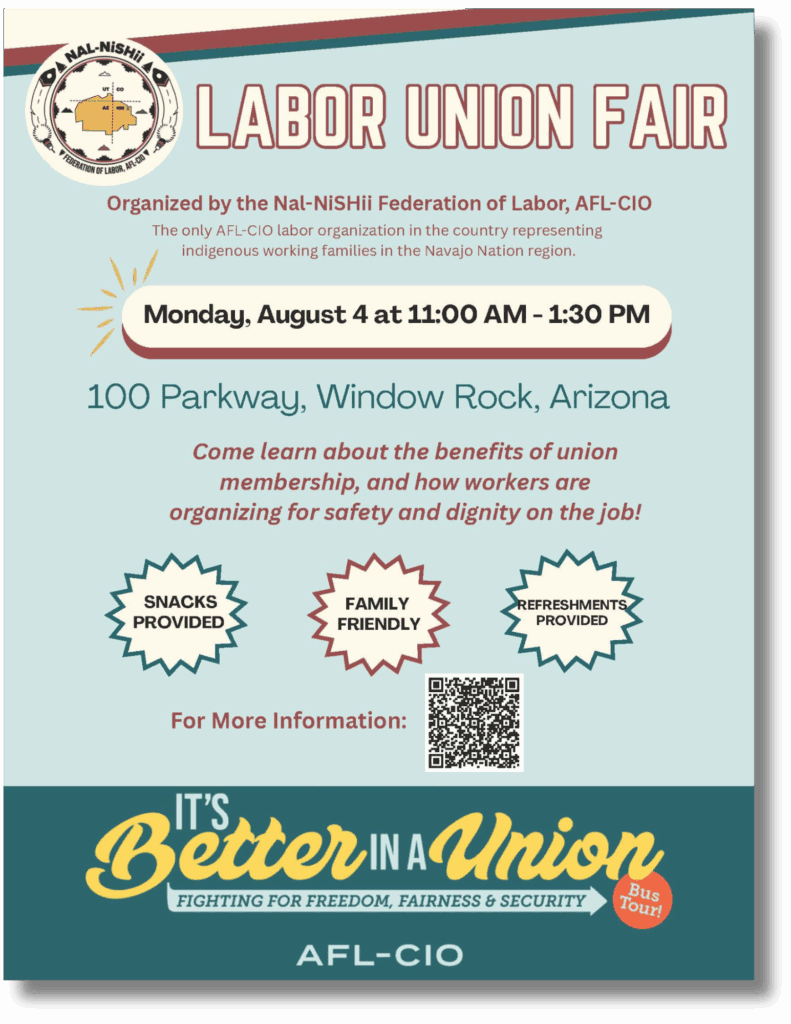
Associate Membership Spotlight
Johnny Walker
Johnny Walker is a UMWA Associate Member and comes from a union-strong family. His father belonged to Teamsters Local Union 584. In 2021, Brother Walker marched in the UMWA’s Blair Mountain March, commemorating the 100th anniversary of the march that took place in 1921 during the West Virginia Mine Wars. During the UMWA’s strike against Warrior Met, he traveled to Alabama in support of the strikers.
“When I first met Johnny, I knew he had union in his blood,” said District 17 Vice President Brian Lacy. “He is always willing to fight for workers’ rights and has always supported the UMWA. He is proud to be an Associate Member, and I know we can count on him for his continued solidarity.”
Johnny was the Grand Prize Winner of The Union’s Power America Contest through the Union Plus program. He took advantage of the Union Plus Free College benefit and graduated Summa Cum Laude from Eastern Gateway Community College with an Associate’s Degree in Business Management with a Labor Studies focus.
“Being union is in my blood and serving labor is my passion,” said Johnny.
“As a union representative, I am a strong believer that it is not your job to be the best you personally can be. It is your job to make the membership the best it can be. Because of this, you can rise along with the membership and benefit from the journey. I’m proud to be an Associate Member of the United Mine Workers of America.”
Union Savings: Museum of Vancouver
View the 15% off of your next ticket to the Museum of Vancouver!
Dive into the stories, history, and culture of Vancouver through engaging exhibits in this innovative city museum.
1100 Chestnut Street, Vancouver BC V6J 3J9
The Museum of Vancouver (MOV) encourages a deeper message of Vancouver through stories , objects and shared experiences. It encourages new learning of its diverse communities and histories.
The museum has 10 exhibits including: ‘The work of Repair‘, ‘Deep-seated Histories‘, ‘Future Makers‘, ‘c̓əsnaʔəm’, ‘That which Sustains Us’, ‘Gateway to the Pacific’, ‘Boom, Bust and War’, ‘The Fifities Gallery’, ‘You Say You Want a Revolution’, and ‘Unity Indigenous Plant Garden’. The ‘That which Sustains Us’ is one of the long-term exhibition that showcases traditions in the Vancouver area through interactions with forests and the natural environment from the destruction all the way to how to sustain the land.
Available online only



